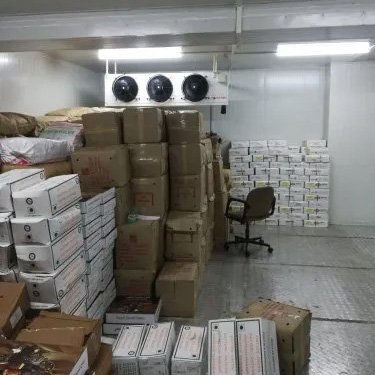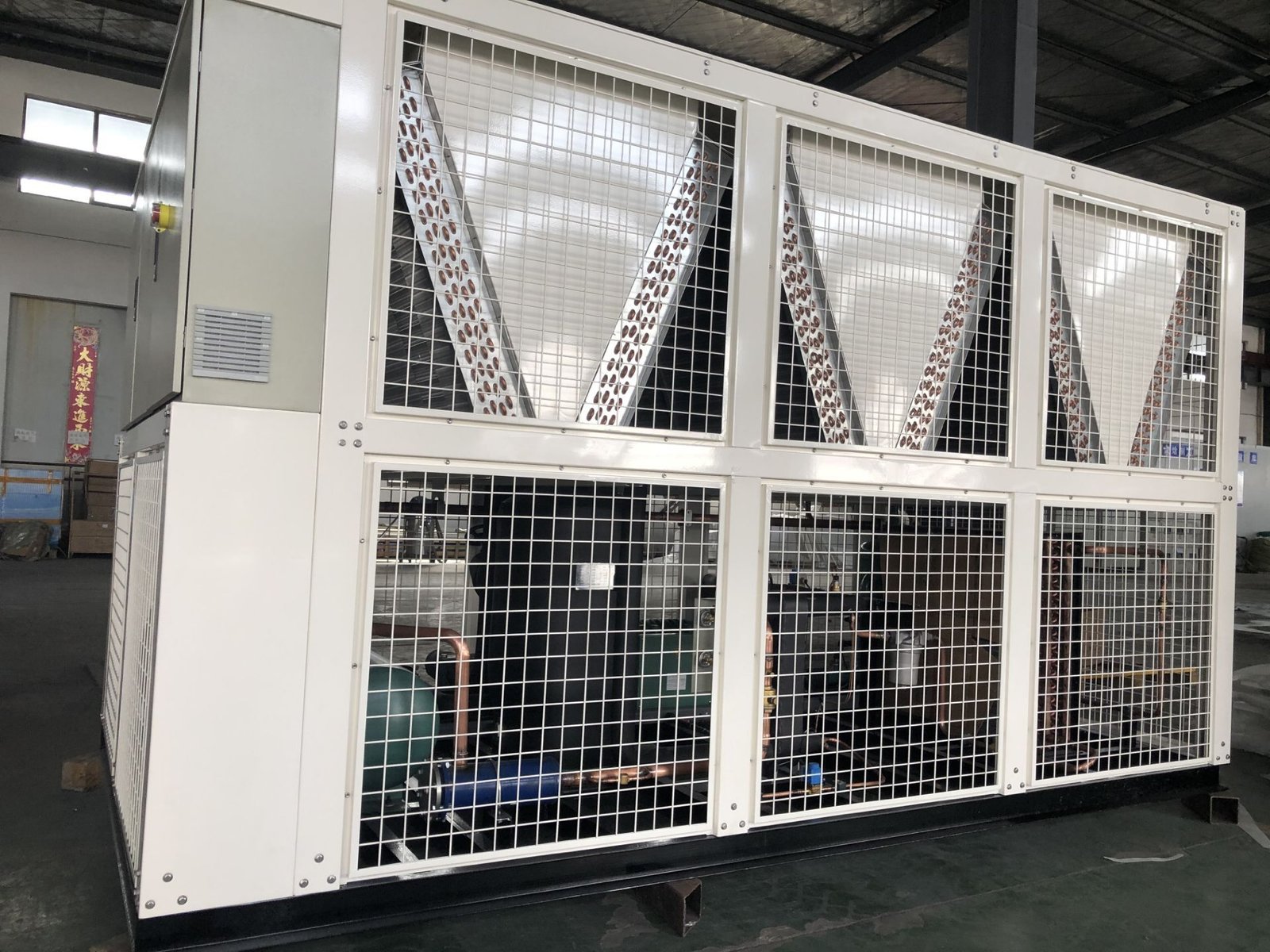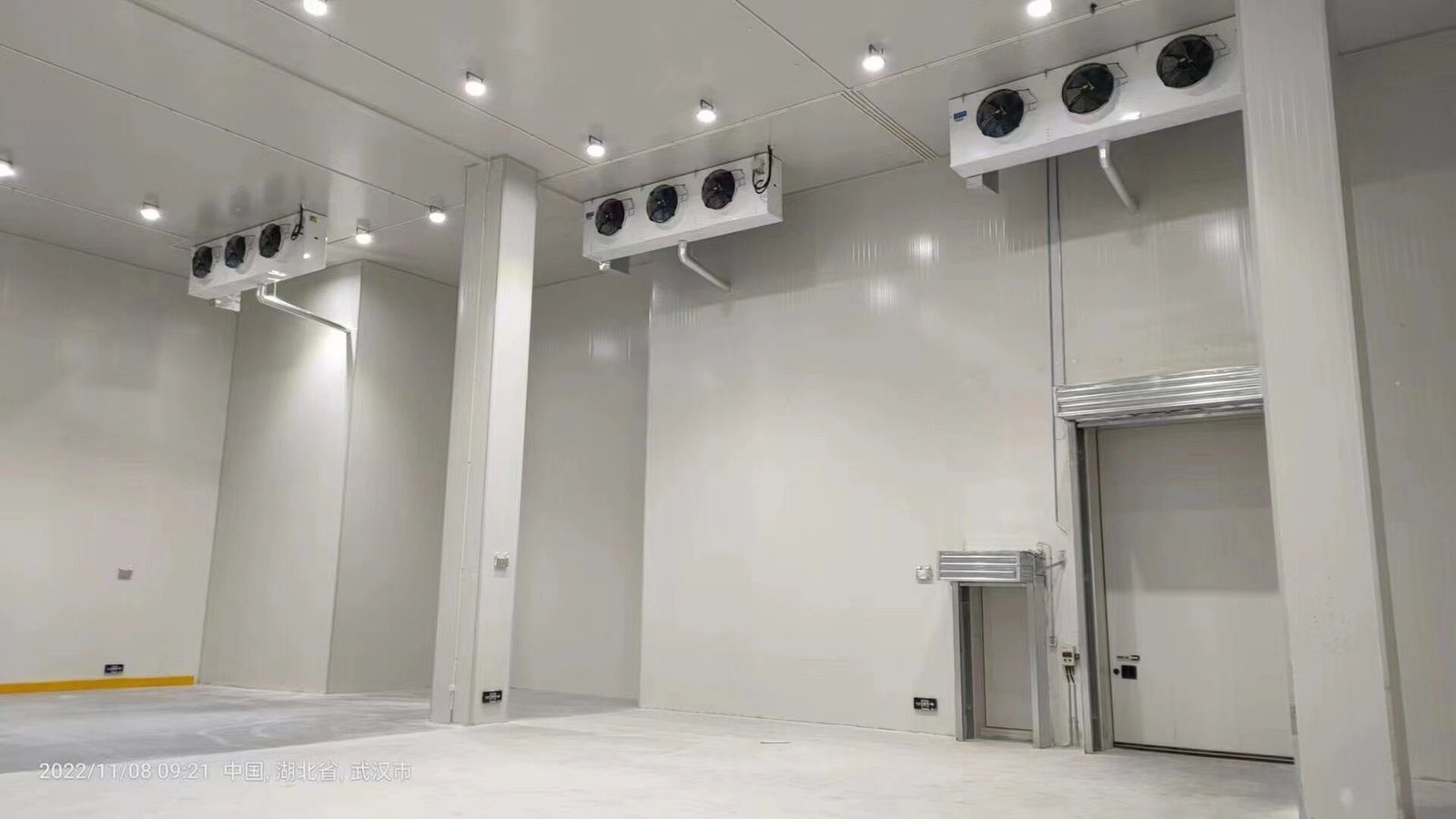DCB100 Replacement Program | Legacy Cold Room System Retrofit Kits Guide
Old cold room systems break down more often and waste energy. The DCB100 Replacement Program helps businesses upgrade their outdated controllers without replacing entire refrigeration systems.

The program offers retrofit kits that give companies better temperature control and lower maintenance costs. These kits work with existing cold room setups. They replace old controllers with modern digital systems.
Businesses can save money by avoiding full system replacements. The DCB100 replacement program provides improved temperature control that helps maintain product quality. The upgrade process is faster than installing completely new equipment.
Key Takeaways
- DCB100 retrofit kits upgrade old cold room controllers without replacing entire systems
- Modern controllers provide better temperature control and reduce energy waste
- The replacement program costs less than installing completely new refrigeration equipment
DCB100 Replacement Program And Legacy Cold Room Retrofit Kits

The DCB100 Replacement Program offers comprehensive solutions for upgrading outdated cold room systems through specialized retrofit kits. These programs focus on improving energy efficiency, reducing operating costs, and ensuring long-term reliability of critical refrigeration infrastructure.
Overview Of The DCB100 Replacement Program
The DCB100 Replacement Program targets facilities with aging cold room systems that need modernization. This program provides structured upgrade paths for businesses operating legacy refrigeration equipment.
The program addresses common issues in older systems. These include declining energy efficiency, increased maintenance costs, and outdated control systems. Many facilities face rising operational expenses as their equipment ages.
Key Program Components:
- System assessment and evaluation
- Custom retrofit kit selection
- Installation support and guidance
- Performance monitoring tools
The program works with various cold room sizes and configurations. It accommodates walk-in coolers, large warehouse freezers, and specialized storage facilities. Each retrofit solution gets tailored to specific operational requirements.
Technical support remains available throughout the upgrade process. Specialists help facilities identify the most suitable retrofit options. They also provide ongoing assistance during installation and commissioning phases.
Key Features Of Retrofit Kits For Legacy Cold Room Systems
Legacy cold room retrofit kits include several critical components for system modernization. These kits contain updated control panels, sensors, and monitoring equipment designed for older refrigeration systems.
Essential Kit Components:
- Digital temperature controllers
- Advanced monitoring sensors
- Energy-efficient compressor controls
- Updated electrical panels
- Communication interfaces
The kits feature plug-and-play compatibility with existing infrastructure. This design reduces installation complexity and minimizes downtime during upgrades. Most components integrate directly with legacy wiring and piping systems.
Advanced monitoring capabilities provide real-time system data. Users can track temperature variations, energy consumption, and equipment performance. Remote monitoring options allow off-site system management and alerts.
Energy management features help reduce operational costs. Smart controls optimize compressor cycles and defrost operations. Variable speed drives adjust equipment operation based on actual cooling demands.
Safety features include backup temperature monitoring and alarm systems. These components protect stored products during equipment malfunctions. Emergency shutdown protocols prevent damage to both products and equipment.
Benefits Of Upgrading From Legacy Systems
Energy efficiency improvements represent the primary benefit of retrofitting legacy cold room systems. Modern controls and components typically reduce energy consumption by 15-30% compared to older equipment.
Maintenance costs decrease significantly after retrofit installation. Newer components require less frequent service and repairs. Digital monitoring systems identify potential issues before major failures occur.
Operational Improvements:
- More precise temperature control
- Reduced temperature fluctuations
- Better humidity management
- Enhanced product quality preservation
System reliability increases with modern components and controls. Equipment failures become less frequent and predictable. This reliability reduces product loss and operational disruptions.
Compliance with current regulations becomes easier with updated systems. Modern equipment meets energy efficiency standards and environmental requirements. Documentation and reporting capabilities support regulatory compliance efforts.
Remote monitoring capabilities improve facility management efficiency. Operators can oversee multiple locations from centralized control centers. Automated alerts notify staff of issues requiring immediate attention.
Compatibility And Installation Requirements
Retrofit kits work with most legacy cold room systems manufactured within the past 20-30 years. Compatibility depends on existing electrical systems, refrigerant types, and structural configurations.
Pre-Installation Requirements:
- Electrical system assessment
- Refrigerant compatibility verification
- Structural capacity evaluation
- Network connectivity planning
Professional installation ensures proper integration with existing systems. Certified technicians handle electrical connections and control system programming. This professional approach prevents damage to existing equipment.
Installation typically takes 1-3 days depending on system complexity. Facilities can often maintain partial operations during retrofit installation. Scheduled installations minimize disruption to daily operations.
Power requirements vary based on specific kit components. Most installations use existing electrical infrastructure with minor modifications. Some upgrades may require additional circuit installation or panel updates.
Network connectivity enables remote monitoring features. Ethernet or wireless connections link retrofit systems to monitoring platforms. IT support may be needed for network configuration and security setup.
Frequently Asked Questions
The DCB100 Replacement Program involves specific installation steps, compatibility checks, and support services. Users can expect measurable energy savings and may qualify for financial incentives when upgrading their legacy systems.
What are the steps involved in retrofitting older cold room systems with the DCB100 Replacement Kit?
The retrofitting process begins with a system assessment to evaluate the existing cold room infrastructure. Technicians inspect electrical connections, refrigeration lines, and control systems to determine compatibility requirements.
Next, the old control board gets disconnected and safely removed from the system. Workers turn off power and carefully document existing wiring configurations before removal.
The DCB100 replacement unit is then installed using the existing mounting points. Technicians connect the new wiring harnesses and configure the updated control parameters.
System testing follows the installation to verify proper operation. This includes checking temperature controls, alarm functions, and monitoring capabilities before returning the cold room to service.
Can the DCB100 Replacement Program be applied to any legacy cold room system, or are there compatibility requirements?
The DCB100 system works with most legacy cold room installations manufactured within the last 15 years. However, older systems may require additional adapter components or wiring modifications.
Voltage requirements must match the existing electrical infrastructure. The DCB100 operates on standard 120V or 240V power supplies found in most commercial facilities.
Physical mounting dimensions need to align with the original control board placement. Some older installations may require bracket modifications to accommodate the new unit size.
Communication protocols must be compatible with existing monitoring systems. The DCB100 supports common industrial communication standards used in refrigeration applications.
What improvements can be expected in terms of energy efficiency after installing a DCB100 Retrofit Kit?
Energy consumption typically decreases by 15-25% after installing the DCB100 system. The DCB100 Replacement Program improves energy efficiency through advanced control algorithms.
Temperature control becomes more precise, reducing compressor cycling and energy waste. The system maintains tighter temperature ranges compared to older analog controls.
Defrost cycles operate more efficiently with the upgraded timing controls. This reduces unnecessary heating and speeds up recovery times after defrost periods.
Variable speed control options help match cooling capacity to actual load requirements. This prevents energy waste from oversized or constantly running equipment.
How does the installation of a DCB100 Retrofit Kit impact the warranty of an existing cold room system?
The DCB100 installation does not void existing equipment warranties when performed by certified technicians. Most refrigeration manufacturers recognize control board upgrades as acceptable modifications.
The retrofit kit itself comes with a standard manufacturer warranty covering defects and performance issues. This warranty typically runs for two to three years from the installation date.
Existing compressor and refrigeration component warranties remain intact after the upgrade. The control system replacement is considered a separate component modification.
Documentation requirements include proper installation records and certified technician signatures. These documents help maintain warranty coverage for all system components.
What kind of technical support is available during the DCB100 Replacement Kit installation process?
Phone support is available during standard business hours for installation questions and troubleshooting. Technical specialists can guide installers through complex wiring or configuration issues.
Remote diagnostic capabilities allow support teams to access system data and settings. This helps identify problems quickly without requiring on-site visits.
Installation manuals provide step-by-step instructions with detailed wiring diagrams. Video tutorials are also available for common installation scenarios and setup procedures.
Field service technicians can be dispatched for complex installations or problem resolution. This service is typically available within 24-48 hours in most metropolitan areas.
Are there any financial incentive programs available for upgrading to a DCB100 Replacement Kit?
Utility rebate programs often provide cash incentives for energy-efficient refrigeration upgrades. These programs vary by location and utility provider but can offset 20-30% of installation costs.
Tax credits may be available for commercial energy efficiency improvements under federal and state programs. The DCB100 upgrade typically qualifies as an energy-saving business investment.
Equipment financing options include lease programs and low-interest loans for refrigeration upgrades. Many suppliers offer payment plans that align with projected energy savings.
Energy service companies sometimes provide performance contracts that guarantee savings. These agreements can fund the entire upgrade cost through guaranteed energy reductions.



